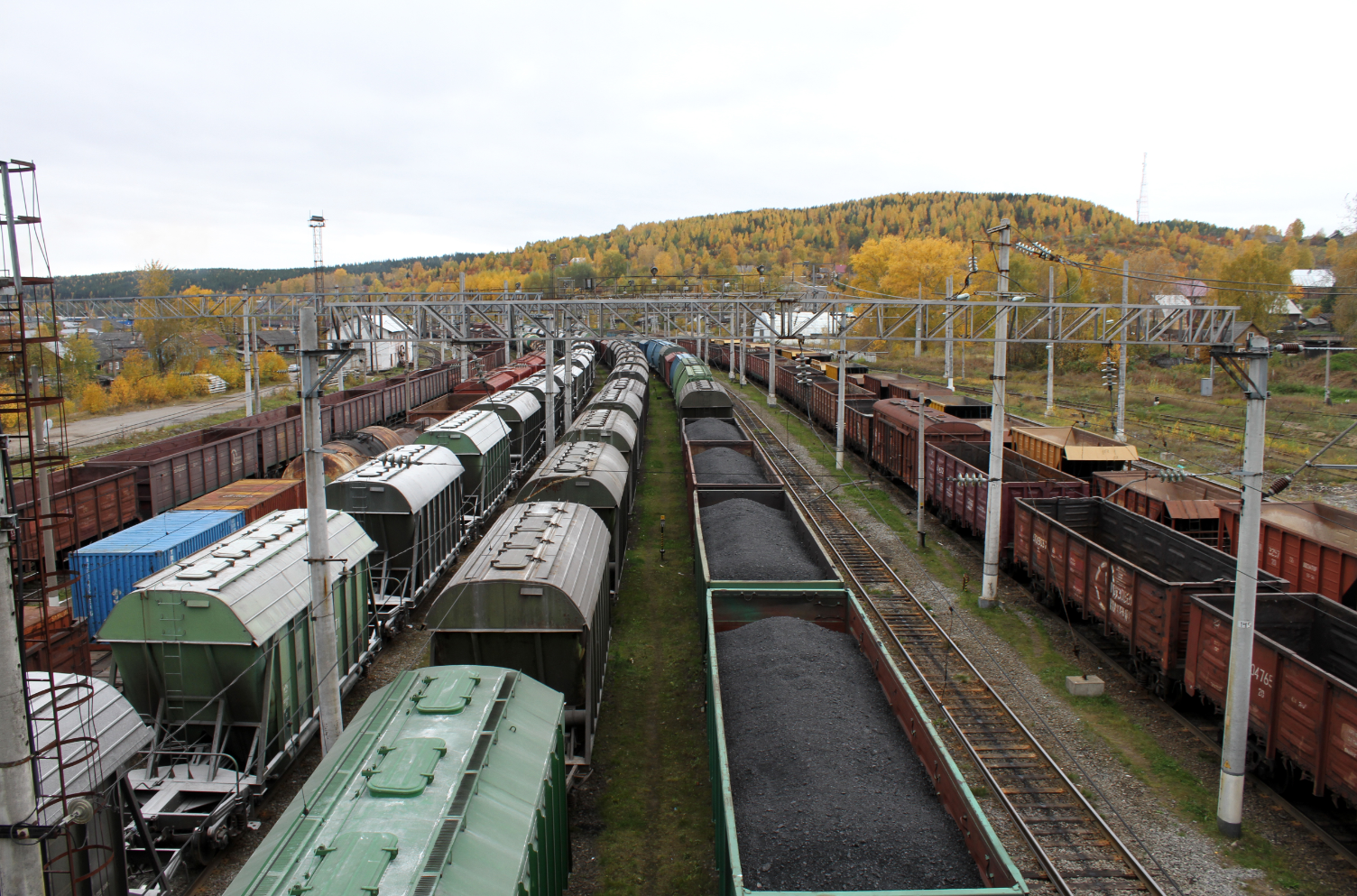
The North–South Transport Corridor has good prospects for freight traffic growth.
Lori/Legion-MediaAmong the most promising of the Russian Railways' international projects today is the international North–South Transport Corridor, running from Russia's Baltic ports to the Iranian port of Bandar Abbas on the Persian Gulf. The first intergovernmental agreement on this corridor was signed by Russia, Iran and India in 2000.
Since then, a number of major initiatives have been implemented to increase the corridor's traffic capacity. In 2009, a line was opened between Fehoeda and Zahedan in Iran, linking the country's rail network with that of Pakistan. Construction also began on the Qazvin – Rasht – Bandar-e Anzali line, with a branch to Astara (on the border with Azerbaijan). In Russia, meanwhile, there has been major investment in developing facilities at Port Olya on the Volga delta, planned as one of the junctions on the North–South Corridor.
The initial targets for the corridor appear extremely optimistic. Initially, the expectation was that, by 2015, it would be carrying 25-26 million tonnes of freight per year. However, Russian Railways transported just 7.2 million tonnes along the route in 2014. One of the main obstacles to increasing freight traffic has been international sanctions against Iran, alongside factors such as the lack of a single operator of the corridor, the lack of a through tariff rate, and the better terms offered by container transport by sea.
At a conference in Mumbai on the corridor last June, delegates said that the cost of transporting a standard 40-foot container from Mumbai to Moscow via the ports of Novorossiysk or Saint Petersburg was $4000, but the cost by rail was $7000.
The North-South Corridor's stock began to rise again when prospects emerged of the sanctions against Iran being lifted. In 2014, Iran's President Hassan Rouhani offered India $8 billion worth of infrastructure projects, including a greater role in the development of the port of Chabahar on the Gulf of Oman, from where a railway could be built to Afghanistan, where Indian companies have been awarded rights to develop major iron ore deposits. This branch, avoiding Pakistan, could make the freight transportation roughly a third cheaper and quicker.
Russia also began to step up its activities soon. Last May, Russian Railways and Azerbaijan Railways signed a memorandum of cooperation on development of the border crossing between Samur, in Dagestan, and Yalama, in northern Azerbaijan. In October, options were discussed for the construction of a railway line from Astara (on the Azerbaijan-Iran border) to Rasht in Iran, one of the key cities on the corridor route.
More recently, an agreement signed between Azerbaijan and Russia on a through tariff rate was a specific and practical follow-up to from last year's agreements between the North–South Corridor participants. The tariff for transporting a 40-foot container from Mumbai to Moscow will be around $3000 (compared to roughly $4000 by sea), while the time taken for the former will be reduced by at least half. The journey from the Indian port of Nhava Sheva, near Mumbai, to Moscow takes roughly 40 days now, but multimodal transportation (by sea, rail and road) via the North–South Corridor will take 20, and may fall to as low as 14 in future. The first shipments are planned for the end of March.
The economist Mair Pashayev lists a wide range of goods that could be transported by rail to Iran and India: grain, wood, metals, equipment, food products, including vegetables, military cargoes, oil and oil products.
"The North–South Transport Corridor has good prospects for freight traffic growth; after all, it links countries with a combined population of more than 2 billion people," Pashayev said. "Rail and road connections are possible not just with Iran and India, but also with Iraq, Syria and Israel. The ever-increasing importance of cooperation in military technology with the countries of the region, and the organization of the relevant logistics, also needs to be taken into account. I think that we can expect an increase in trade with India and Iran by rail very quickly, as these destinations are among the few that are friendly to Russia."
The article is abridged. Read the full version at Vzglyad.
All rights reserved by Rossiyskaya Gazeta.
Subscribe
to our newsletter!
Get the week's best stories straight to your inbox